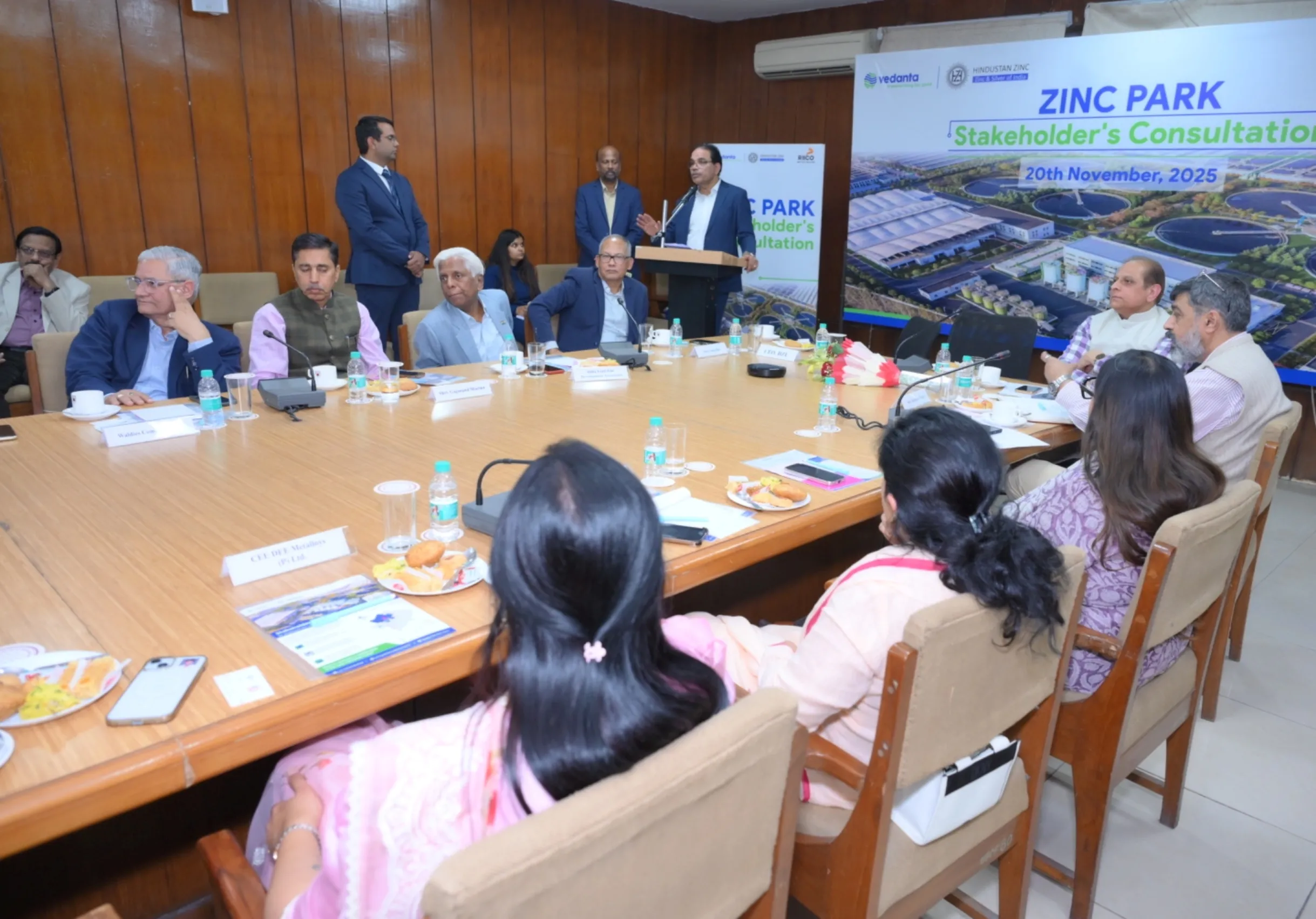Bad Loans for Real
01 Nov 2017
5 Min Read
CW Staff
The next tranche of bad loans may come from the realty sector, says <span style="font-weight: bold;">RAJESH NARAIN GUPTA.</span>
<p></p>
<p> The banking fraternity is in turmoil today. Its fear stems from anticipation that a major chunk of funds loaned to realtors will be stuck in projects registered under the Real Estate Registration Act (RERA).</p>
<p>The real-estate sector, which comprises existing and upcoming residential and commercial projects, has been facing a slowdown across the country, particularly in the metropolitan cities. The roll-out of RERA, which has been heralded as a landmark reform, has also added to the pain. There has been a significant fall in the launch of new residential projects since the introduction of RERA. With a view to induce transparency and accountability in an otherwise opaque and largely cash-intensive sector, RERA has imposed several stringent conditions on promoters. </p>
<p>A key condition of RERA stipulates that 70 per cent of funds collected by builders from allottees needs to be deposited in a separate account with scheduled commercial banks. This money can only be used for meeting the costs of the project and land subject to certificates from the architect, engineer and CA, and cannot be diverted elsewhere. </p>
<p>This has severely restricted the cash-flow positions of builders with only 30 per cent of the funds at their disposal to meet the funding requirements of diverse stages of project development.</p>
<p>Although it has been claimed that the exposure of banks to the real-estate sector is limited to only 5 per cent, a rise in the stock of unsold inventories and profit margins of developers eroded by unfinished projects has raised the heckles of bankers. Bankers have insisted on additional collaterals. </p>
<p>In restructuring cases, a conversion of debt to equity has also been explored by the banking sector as per RBI guidelines, apart from asking them to pledge personal collateral as an enhanced security measure. </p>
<p>Black money transactions and hard cash dealings have traditionally been the bulwark of the real-estate sector in India. Conventionally, real estate has been viewed as an avenue for the conversion of black money into accounted funds. The unforeseen demonetisation move, wherein legal tender of Rs 500 and Rs 1,000 was rendered invalid, transformed the working paradigm of the sector. </p>
<p>The exercise had a major impact on the high-end residential segment, where deals take place through cash transactions and the involvement of legal banking channels is restricted to an insignificant part of the deal quantum. With luxury realty prices seeing a significant dip owing to the onset of demonetisation, the liquidity positions of promoters, grappling with other regulatory hurdles, has been severely impacted. </p>
<p>Although demonetisation has been touted as a much-needed initiative to rid the real-estate sector of unaccounted cash and induce transparency and price correction to benefit end-buyers, the short-term impact of this decision vastly eroded the functional efficacies of the real-estate industry, in turn impacting its loan repayment capacities.</p>
<p>The Goods and Services Tax (GST) was seen as a revolutionary tax reform, subsuming multiple taxes into a single tax and ushering in a uniform tax structure across the country. However, the revamped tax structure does not seem to have resuscitated the dampened sentiment pervading the real-estate sector. It has been opined that the implementation of GST has resulted in a substantial spurt in taxes for the end-buyer who will now have to shell out 12 per cent GST. Earlier, he was required to pay 4.5 per cent service tax and 4 per cent VAT. With a stamp duty of 5-7 per cent adding to the rate, the realty sector may be reeling under a heavy tax burden of 17-19 per cent. </p>
<p>End consumers are seen to be postponing their property purchase decisions and developers are hindered in their efforts to offload their properties. A marginal price reduction has been anticipated for under-construction projects that fall in the 12 per cent category but the premium segment or mid-priced layer is not estimated to witness substantial price correction. In a market where prices are largely determined by demand and supply factors, the creation of a mechanism to pass on the benefits of input tax credits to end customers remains a key challenge area. The rollout of GST is also likely to result in a significant increase in service charge for realtors to 18 per cent from the present 15 per cent rate.</p>
<p>Huge non-performing assets are plaguing the balance sheets of banking institutions, severely impacting the quality of their capital assets and restraining their lending abilities. To strengthen the banking sector and revive its flagging fortunes, policymakers need to make a concerted effort to plug the lacuna in regulatory frameworks and instil a sense of confidence in the supply chain. If there is no significant uptick in the real-estate sector and the bottom line of developers remains suppressed, the next batch of bad loans could well emerge from this pivotal sector. </p>
<p> <span style="font-weight: bold;">About the author: <br />
Rajesh Narain Gupta</span>, Managing Partner, SNG & Partners, has vast experience in corporate and transactional matters. His areas of specialisation include almost all aspects of banking laws and practices, structured finance, microfinance, corporate and commercial laws, and real estate (including FDI in India).</p> To share your views on this article, write in at feedback@ConstructionWorld.in




















